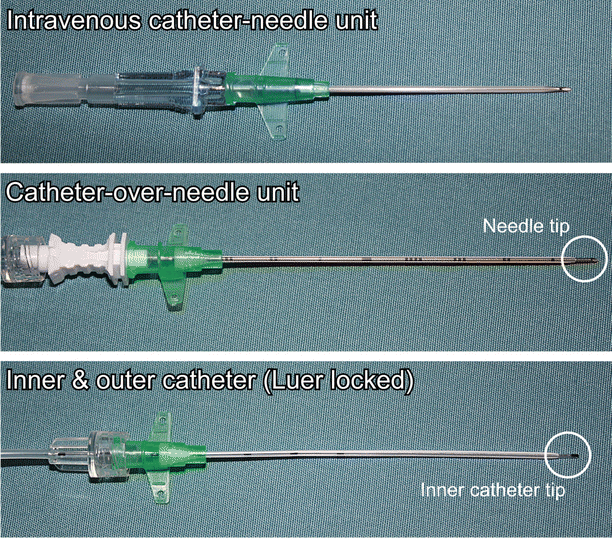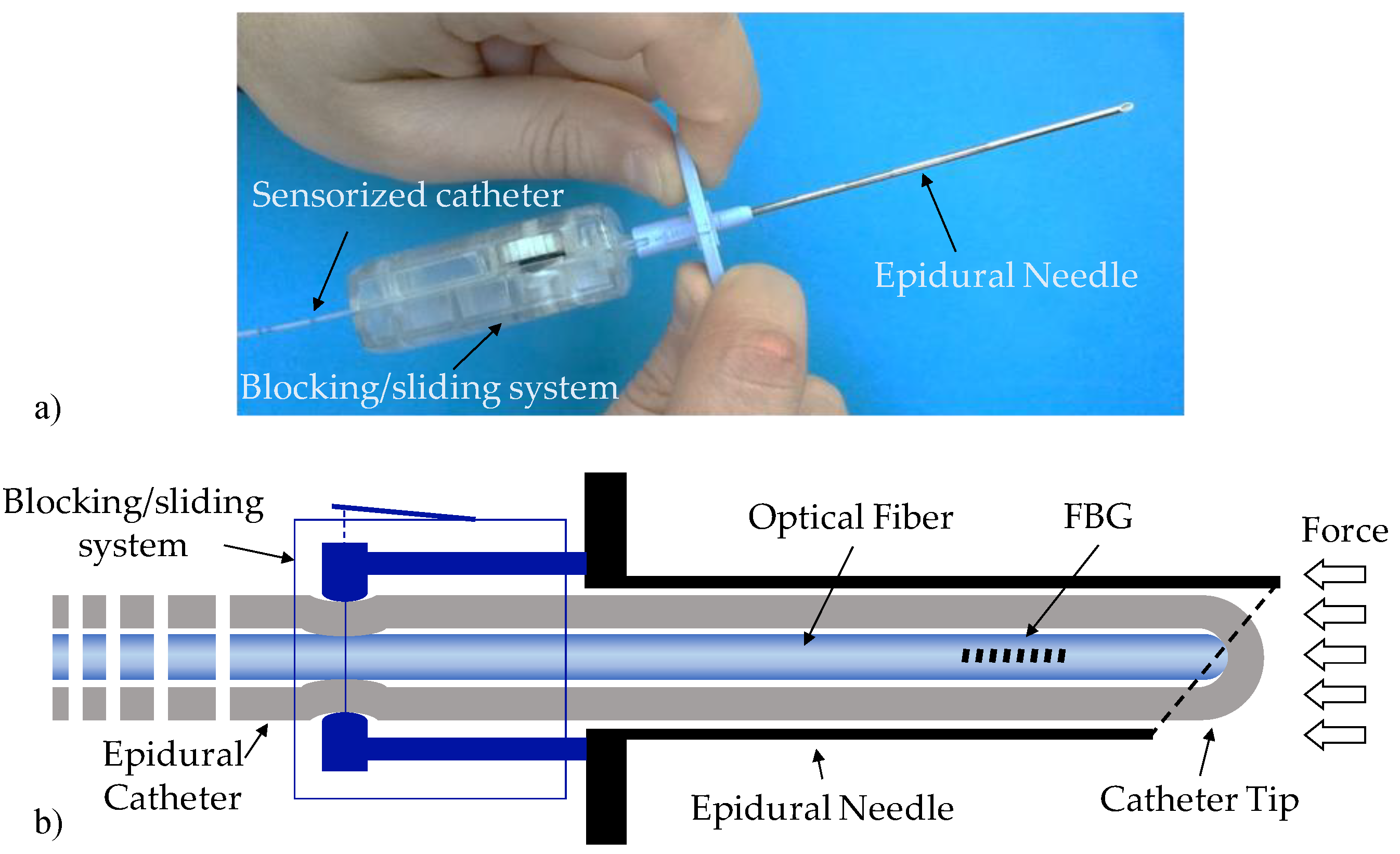Which Best Describes the Through-the-needle Catheter
The ability to obtain venous access in the inpatient and outpatient setting is one of the most fundamental yet crucial components for a large number of diagnostic and therapeutic interventions. Venous access can be obtained through conventional peripheral intravenous IV lines midline peripheral catheters and central venous catheters CVCs.

Use Of Nerve Stimulation And Stimulating Catheters In The Ultrasound Era Springerlink
Epidural catheters are widely used in surgical obstetric and chronic pain settings as they serve as an excellent adjunct or alternative to general anesthesia.

. The catheter was sewn into position and a dressing applied. Butterfly - Winged Needle. An infection caused by micro-organisms entering the bladder by way of a catheter.
Tubing that carries blood from the patients access to the dialyzer and back to the access. Best known for his contribution to developing continuous epidural anaesthesia through the introduction of the needle to which he gives his name the Tuohy Needle. IV Catheter is for.
OTN - Over the needle aka Indwelling bc needle is inside cath TTN - Through the needle bc cath is inside needle Multi-Lumen Catheter. Then the nephrostomy catheter is passed through the needle into your kidney. It is especially vital.
Which of the following best describes how syringes and needles should be disposed. A measure of the interior diameter of the catheter it is inversely proportional to the tube diameter of the catheter. If you have percutaneous nephrostolithotomy or nephrolithotomy.
The needle is then removed and local anesthetic is injected through the catheter. Through an epidural catheter local anesthetic and other adjuvants can be continuously infused or given intermittently inhibiting pain signals at the nerve root. Remove the needle and place it in a sharps container b.
Butterfly needles used for IV medications or fluids involve leaving an actual needle in the vein. Intermittent injection of analgesics through the epidural catheter offers a better area of distribution and less LA consumption when compared to continuous infusion. All three ports were flushed.
Which angle combination best describes the triangle rule that is described in this course for estimating the site and trajectory of needle entry for out-of-plane vessel cannulation using a transverse imaging approach. One is the PICC while the others include a non-tunneled external catheter a tunneled external catheter or. Cut off the needle and place it in a sharps container.
Controversy exists over whether Ralph Lee Huber was in fact the original inventor of the now Tuohy needle and was. There is also the through-the-needlecannula technique with through-the-cannula technique a splitting sheath divided into two is used which uses a large-diameter needle 16 G or larger to puncture then the catheter is placed directly through the needle or through the cannula no guidewire is used. On the other hand intermittent boluses provide fluctuation between pain and analgesia with adequate pain management after bolus administration and increasing pain levels after analgesics start to.
Recap the needle and place both the cap and the needle in a sharps container d. The sterile shelf life of a paper- wrapped surgical pack is. A type of regional anesthetic in which a needle is positioned between the bones of the spine to allow the anesthesiologist to insert a small plastic tube or catheter into the epidural space.
4 types IV Catheters. A device that slides through the lumen of the needle past the sharp point. The device that can be inserted into the body to electrically shock the heart into regular rhythm.
You may feel pressure and discomfort when the catheter is inserted. Discard the needle in a rigid puncture-proof container c. A mechanical device in the machine that converts air pressure into an electronic signal.
____ is a procedure in which fluid is withdrawn from the space around the heart through a needle and a catheter is left in to allow for continued drainage. The doctor inserts a needle into your skin. Once the wire was in place the needle was removed and a tissue dilator was pushed into position over the wire.
A special type of x-ray is used to make sure the catheter is in the right place. Self-blunting or blunt tip blood drawing needles have. Edward Boyce Tuohy 1908-1959 was an American anaesthesiologist.
On the other hand an IV catheter is a thin flexible catheter with no needle on the end. An advanced airway adjunct that provides a channel directly into a patients stomach allowing for removal of gas blood and toxins and for instilling medications and nutrition. A blood-drawing needle that has a blunt tip that slides forward through the needle past the sharp point to protect the user from needlestick injury.
None of the above. Needle cricothyroidotomy may be performed on patients of any age but is considered to be preferable to surgical cricothyroidotomy in infants and children up to 10 to 12 years of age because it is anatomically easier to perform with less potential damage to the larynx and surrounding structures 6-9. Management of acute post-operative pain due to shoulder surgery may be successfully and consistently achieved in ambulatory patients by using continuous interscalene block.
Which of the following best describes a CAUTI. Once that was removed the central lumen catheter was pushed into position at 17 cm and the wire removed. A pump that moves blood through the extracorporeal circuit.
Temporary venous access - for Meds Fluids Electrolyte replacement therapy Transfusion of Blood Products. This chapter outlines the anterior and posterior approaches to the proximal brachial plexus and describes a method of precisely placing a catheter along the brachial plexus by stimulating the.

Equipment For Regional Anesthesia Nysora Nysora

Sensors Free Full Text Smart Optical Catheters For Epidurals Html

External Jugular Vein Cannulation Periprocedural Care Equipment Patient Preparation
No comments for "Which Best Describes the Through-the-needle Catheter"
Post a Comment